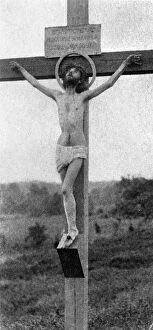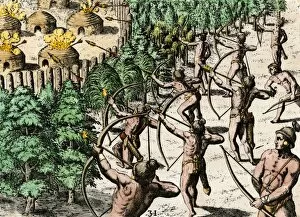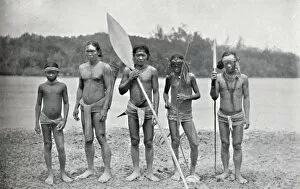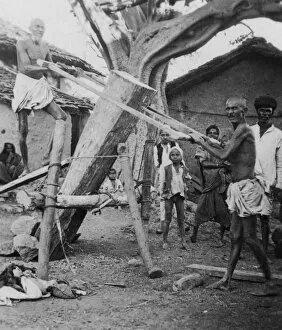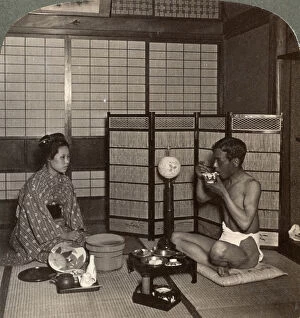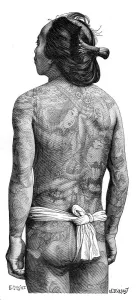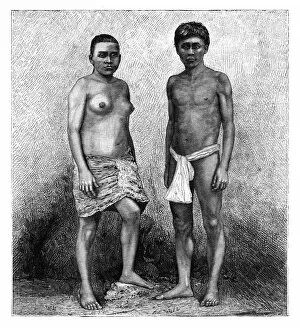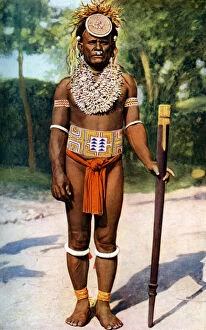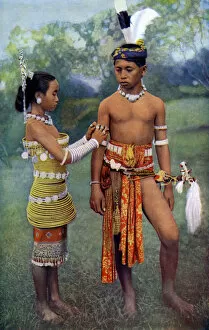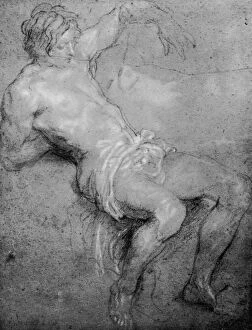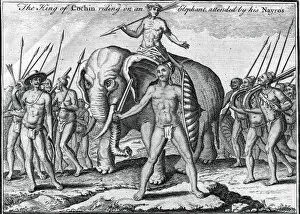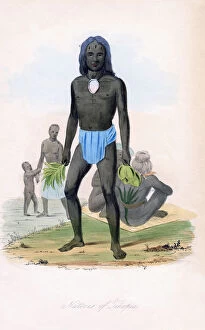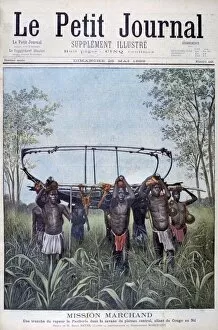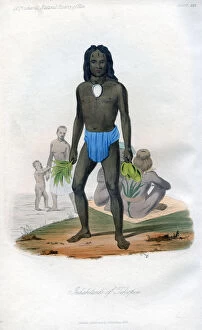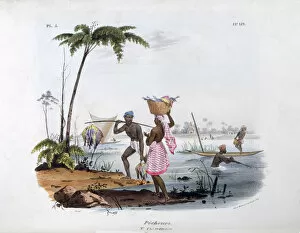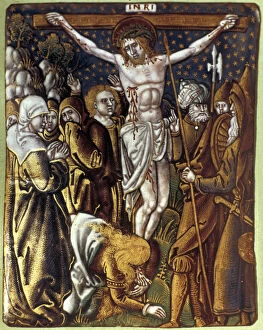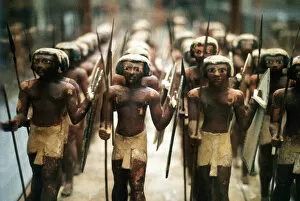Loin Cloth Collection (#6)
"Loin Cloth: A Timeless Garment Connecting Ancient Traditions" From Mahatma Gandhi spinning at his wheel to ancient Roman athletes boxing in leather gloves
All Professionally Made to Order for Quick Shipping
"Loin Cloth: A Timeless Garment Connecting Ancient Traditions" From Mahatma Gandhi spinning at his wheel to ancient Roman athletes boxing in leather gloves, the loin cloth has been a symbol of simplicity and strength throughout history. Its origins can be traced back to prehistoric times when tools were crafted from flint by our ancestors. In Aztec culture, the loincloth was worn by apprentice warriors who carried spear-throwers and oak darts with stone points. Diego Rivera's mural of market day in Tenochtitlan showcases the vibrant life of this ancient capital, where traders clad in loincloths bartered for goods near the Great Temple. Even during the crucifixion of Jesus Christ, Saint Sebastian stood as an emblematic figure draped only in a loincloth, showing resilience amidst suffering. Artists like Guercino, Hendrick ter Brugghen, and Bartolome Esteban Murillo captured this powerful image through their masterful paintings. The loin cloth continued to transcend time and cultures. In Florida during the 1500s, Native Americans relied on its practicality while gathering food for their communities. Fast forward to the late 19th century when a man adorned with strands of beads posed proudly wearing a simple loincloth - an unknown creator capturing both tradition and individuality. Through centuries and continents, whether it be Samson pulling down the Temple of Dagon or Freeman's depiction of healing stripes mid-19th century America; one thing remains constant -the loin cloth represents resilience and connection to our ancestral roots. As we reflect on these diverse depictions spanning artistry and history alike, let us appreciate how this humble garment has woven itself into humanity's narrative - reminding us that sometimes simplicity is all we need to embody strength.


